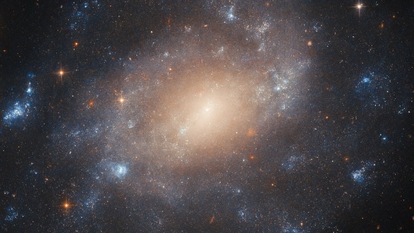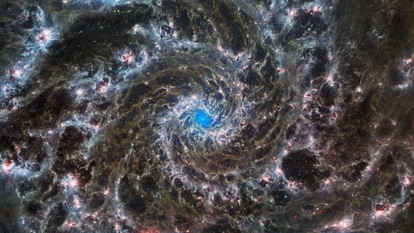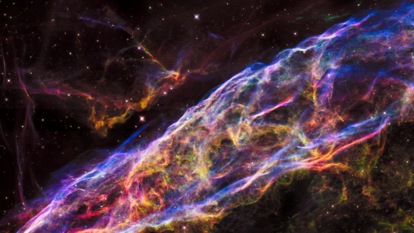Unstable sunspots could hurl out X-class solar flares! Know the solar storm danger
Earth could be in the firing line of not just M-class, but X-class solar flares too as four sunspots have developed unstable magnetic fields. The danger of a solar storm have already increased.
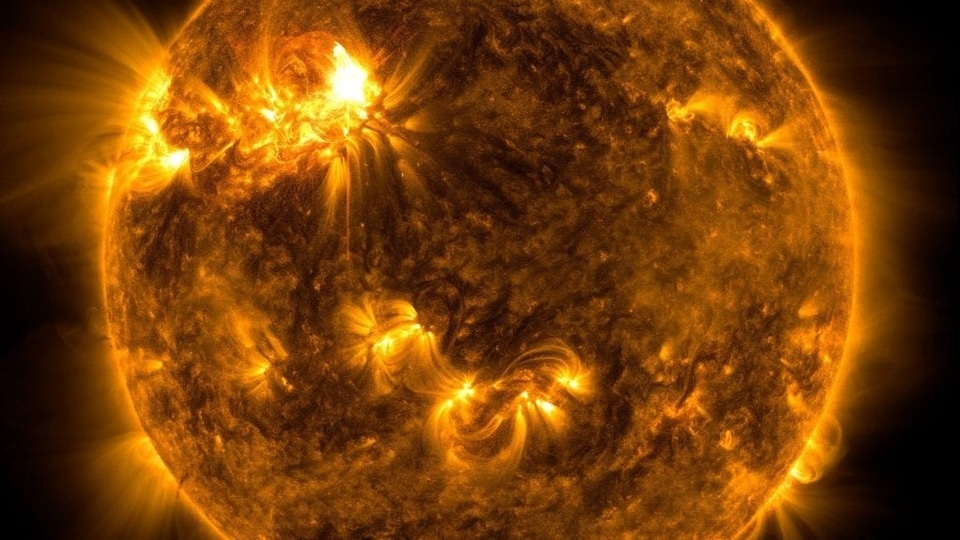
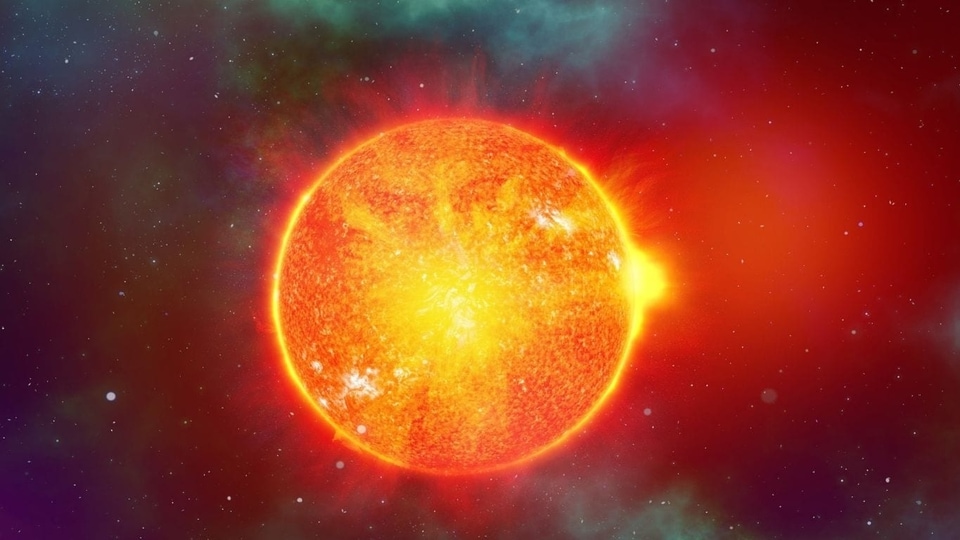
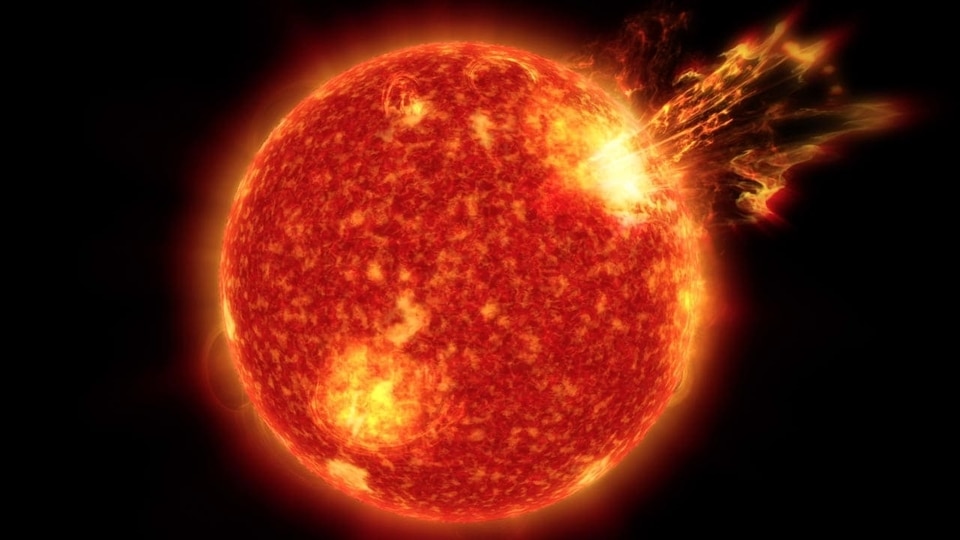
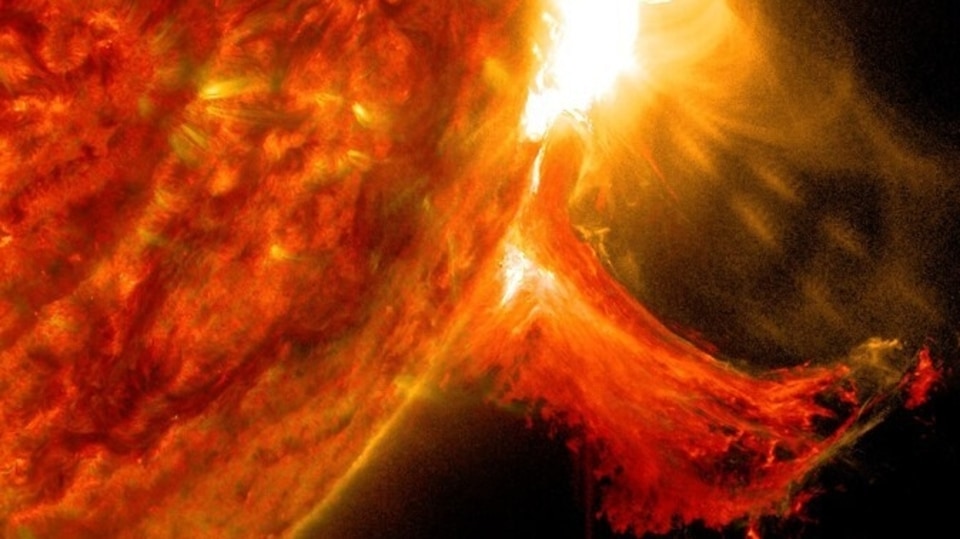

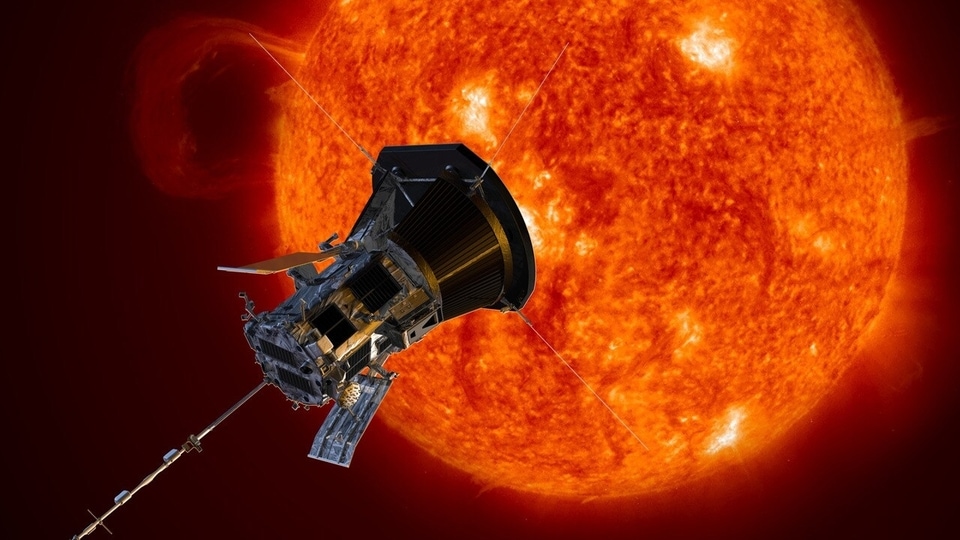
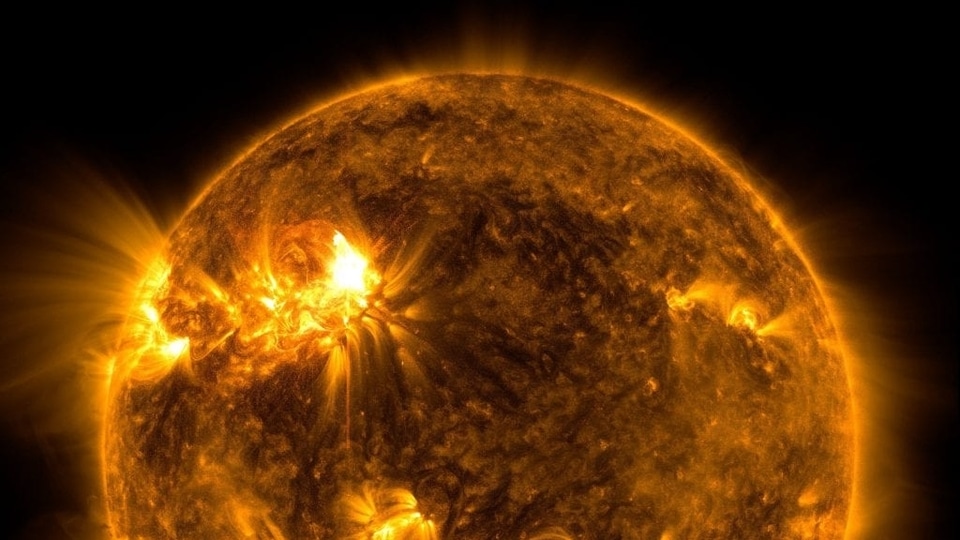
 View all Images
View all ImagesIn the past three days, we've seen several geomagnetic storms hit Earth. On September 24, a G2-class storm hit the planet and sparked rare, red auroras over Scotland. Yesterday, a G-1 geomagnetic storm was predicted to hit Earth due to a CME approaching the planet. The effects of the Sun have been felt in the form of solar storms, geomagnetic storms, and solar flares over the last few months. In turn, these phenomena have sparked further events such as auroras, blackouts, and disruption of radio communications. This solar activity is expected to increase even more as we approach the solar maximum, the period in the Sun's 11-year solar cycle where its activity is the highest.
Now, a solar flare warning has been issued by the forecasters at the National Oceanic and Atmospheric Administration (NOAA). Know when it could hit.
Solar flare warning
According to a report by spaceweather.com, there are currently 10 sunspot groups facing the Sun, out of which four have mixed polarity magnetic fields that could explode. These sunspots are - AR3435, AR3443, AR3445 and AR3449. As a result, Earth is in the firing line of solar flares. As per NOAA, there is a 40 percent chance of M-class solar flares reaching Earth today, September 27. On the other hand, there is a 15 percent chance of X-class flares hitting the planet too!
For the unaware, solar flares are classified according to their strength on the logarithmic scale, similar to how earthquakes are measured. The smallest ones are A-class which occur at near background levels, followed by B, C, M, and X.
Why are X-class solar flares dangerous?
X-class solar flares can create radiation storms which have the potential to not only harm the satellites but also give small doses of radiation to the people flying in airplanes at the time! Moreover, these devastating flares can disrupt global communications and bring down the power grids to create blackouts.
If the X-class flares are too strong, they can result in loops that are ten times as big as Earth which leap off the Sun's surface as the magnetic fields cross over, according to NASA. When these loops reconnect, they can produce as much energy as a billion hydrogen bombs!
One more thing! We are now on WhatsApp Channels! Follow us there so you never miss any updates from the world of technology. To follow the HT Tech channel on WhatsApp, click here to join now!
Catch all the Latest Tech News, Mobile News, Laptop News, Gaming news, Wearables News , How To News, also keep up with us on Whatsapp channel,Twitter, Facebook, Google News, and Instagram. For our latest videos, subscribe to our YouTube channel.








